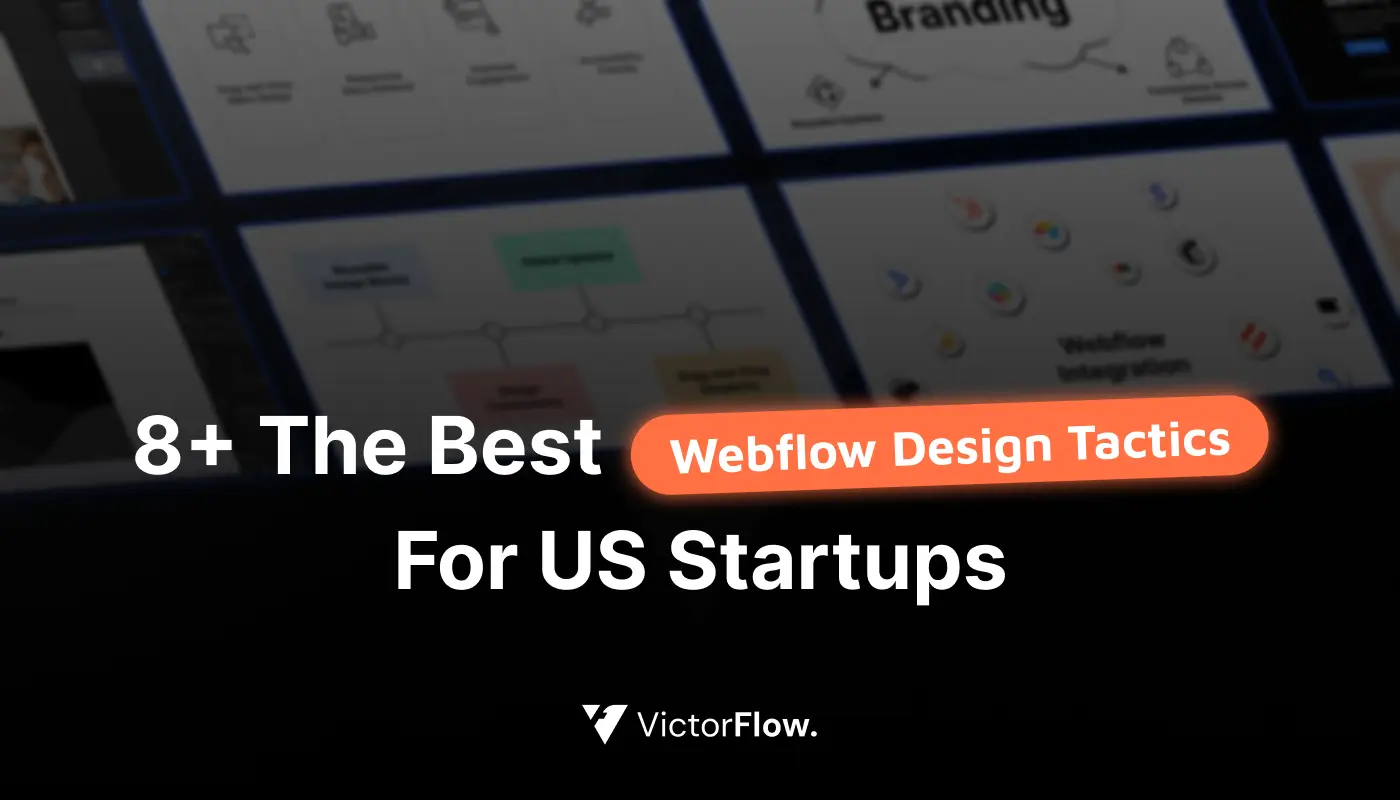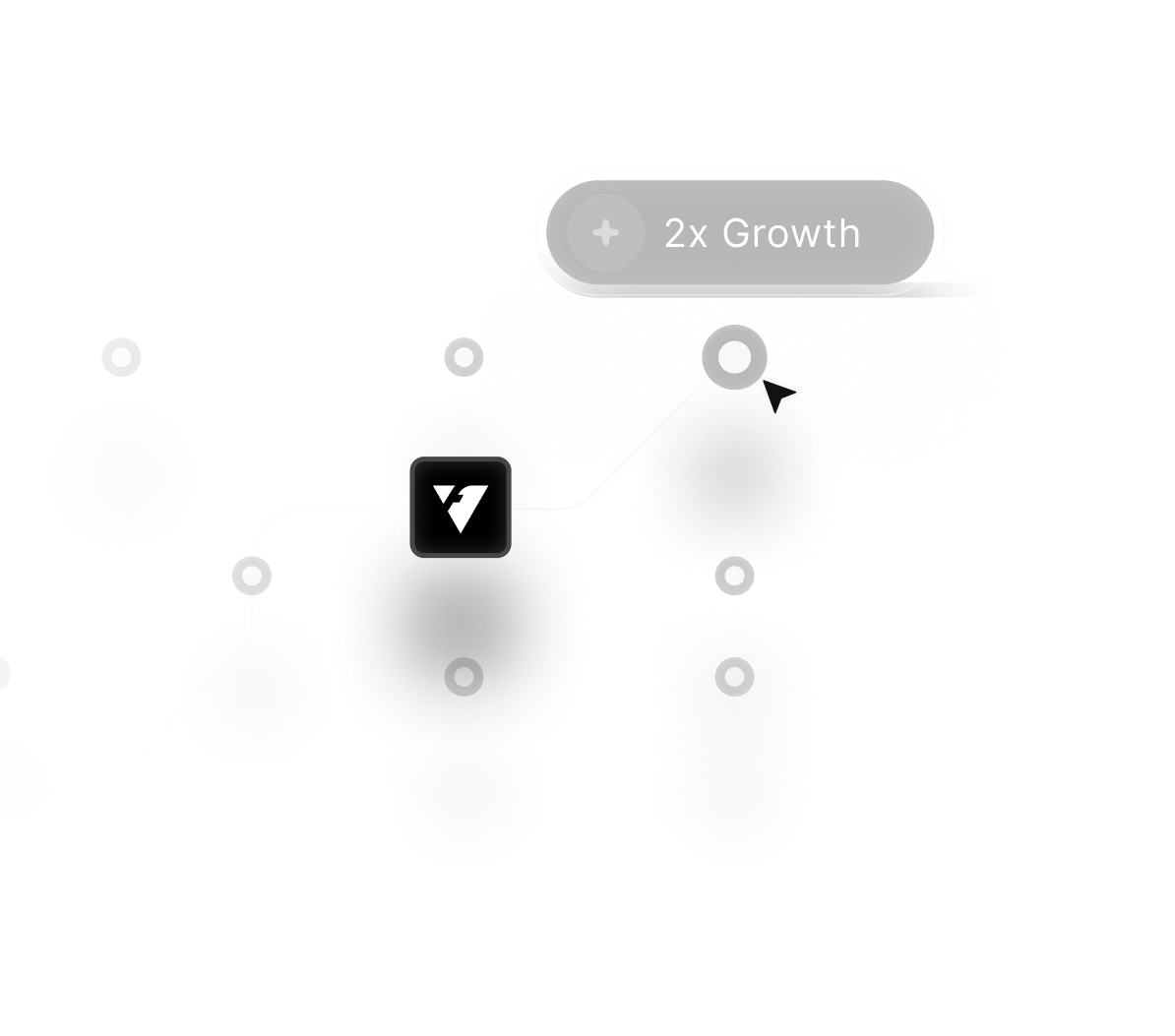December 1, 2025
How to Build a GEO-Ready Website For the AI Search Era (Not Just Google)

Building a GEO-ready website has become essential as AI search engines increasingly rely on context, proximity, and user patterns for ranking. Search behavior now shifts toward assistants that interpret intent rather than simply matching keywords or traditional organic signals.
AI-driven systems evaluate content using deeper layers of meaning, structured metadata, and location-specific accuracy to deliver answers. Users expect personalized responses, so websites must provide clear indicators that help AI models understand who the brand serves and where.
Local signals expand beyond basic listings, extending into service coverage areas, regional expertise, and nuanced relevance markers. Structured content plays a major role by helping search models interpret relationships between entities, actions, and locations.
Contextual authority becomes more important as AI engines reward brands that demonstrate clarity, depth, and trust in localized topics. Optimizing for AI search includes improving how content is categorized, interconnected, and positioned for intent-based retrieval.
Businesses also gain an advantage by refining data inputs that help engines determine service areas and real-world reach. Preparing your site for this shift ensures visibility not only on Google but across emerging AI ecosystems shaping modern search journeys.
"Move your website ahead of search changes.
Book a quick call to upgrade your AI-ready structure."
Table of Contents
- What is GEO (Generative Engine Optimization)?
- Why Traditional SEO Isn’t Enough Anymore
- The Key Difference: Finding vs Conversing
- Step-by-Step Guide to Building a GEO-Ready Website
- Entity-Based Content Structure
- Advanced Schema Markup
- Writing for Intent, Not Keywords
- Semantic HTML & Clean Code
- Fast Performance & Accessibility
- How RAG Changed the Game
- Regular Content Audits
- Ethical Content Standards
1. What is GEO (Generative Engine Optimization)?

GEO is the practice of structuring and writing your website in a way that makes it easy for AI engines to parse, understand, and recommend your content. Unlike traditional SEO, GEO focuses on:
- Entity relationships
- Conversational relevance
- Structured data
- Semantic clarity
- Real-time retrievability (via RAG systems)
This is the foundation of modern AI search. If you want ChatGPT, Perplexity, or other AI tools to quote your content, you need to optimize not just for humans or crawlers but for AI comprehension.
2. Why Traditional SEO Isn’t Enough Anymore?

The old model of stuffing keywords, building backlinks, and writing generic content doesn’t cut it anymore. AI engines now:
- Summarize answers instead of linking out
- Look for context and relationships between topics
- Use structured data to verify credibility
- Pull fresh, authoritative information via RAG (Retrieval-Augmented Generation)
To compete, your site must offer:
- Clear, structured, reliable information
- Real-world context, not just keyword density
- Easily machine-readable formats
3. The Key Difference: Finding vs Conversing

Traditional search (Google) is like a smart librarian: it points you to sources. AI search (like ChatGPT) is a helpful tutor: it answers you directly.
Example:
- Google shows a list of links.
- ChatGPT gives you the actual answer.
And how they work is different too:
- Google scans the whole web for links.
- AI search tools retrieve, summarize, and explain, often citing specific sources.
To be that source, your site must be structured for understanding, not just discovery.
4. Step-by-Step Guide to Building a GEO-Ready Website
Step 1: Entity-Based Content, Not Just Keywords

Structure your site around:
- Who you are (Brand, Team, Company)
- What you do (Products, Services, Features)
- Who you help (Customer types, Use cases)
Link these together internally so AI tools can understand relationships. Think of your site as a knowledge graph.
Step 2: Advanced Schema Markup

Use JSON-LD and Schema.org to label everything.
- Articles
- Products
- FAQs
- Reviews
- Team members
- Organization details
This helps AI systems extract accurate, structured information.
Step 3: Write For User Intent, Not Just Traffic

SEO used to focus primarily on keywords, but GEO emphasizes clarity.
- What problems do you solve?
- Who is your content helping?
- Why should users trust your answer?
Frame each page to Answer questions clearly, not just chase rankings.
Step 4: Use Semantic HTML and Clean Code

Use real HTML structure:
- Headings: h1 > h2 > h3 hierarchy
- Containers: , ,
- Accessibility: aria labels, alt text
This helps AI engines and screen readers navigate your content properly.
Step 5: Focus on Performance & Accessibility
AI engines factor in
- Mobile responsiveness
- Core Web Vitals (LCP, FID, CLS)
- Fast load times
- Usability for all users (keyboard navigation, screen reader support)
A fast, clean site = higher visibility.
Step 6: Understand RAG (Retrieval-Augmented Generation)

LLMs used to be trained on static data. RAG changed that.
Now AI tools can:
- Pull live, fresh info
- Cite trusted sources (like your site)
- Combine static knowledge with real-time facts
That means:
- Keep your site updated
- Provide reliable, structured info
- Build trust to be referenced by AI tools
Step 7: Run Regular Audits

Outdated content confuses AI.
- Set quarterly reviews
- Refresh product pages, stats, team bios
- Update pricing and offers
- Retire stale or irrelevant posts
Fresh content = more credibility with generative engines.
Step 8: Align with Ethical and Quality Standards

GEO rewards:
- Transparency
- Source citations
- Helpful, original content
Avoid:
- Clickbait
- Scraped or duplicated content
- Hidden text or shady SEO tactics
When users trust you, AI engines will too.
Conclusion
GEO isn’t a trend; it’s the new standard for visibility.
If your site doesn’t speak AI’s language, it won’t be recommended. But with a structured approach, thoughtful content, and modern technical hygiene, you can:
- Be referenced by ChatGPT, Perplexity, and other AI engines
- Show up in real-time answers
- Build long-term credibility
Start today. Reframe your SEO strategy around entities, structure, and trust.

FAQ
1. What does GEO-ready mean for modern websites?
It refers to structuring location, service coverage, and contextual data so AI search engines can identify who you serve and where.
2. How does AI search impact GEO visibility?
AI systems prioritize intent, context, and proximity, meaning precise local signals matter more than keyword repetition.
3. Where should local signals be placed on a website?
They appear in headers, footers, schema, service pages, and supporting content that clarifies regional expertise.
4. Why is structured data important for the AI search era?
It enables AI models to understand your brand, locations, and services through machine-readable definitions.
5. Who benefits most from GEO-ready optimization?
Service businesses, multi-location brands, and industries where proximity influences decision-making.
6. How does this differ from traditional SEO?
Traditional SEO leans on keywords, while GEO-AI optimization focuses on entity clarity, intent mapping, and contextual depth.
Table of Contents
Choose Our Service, Grow Fast!
Follow Us
Related Posts

Unlock the best Webflow web design & development tactics tailored for US startups. Boost conversions, enhance UX, and scale faster with proven 2025 strategies.
Unlock the best Webflow web design & development tactics tailored for US startups. Boost conversions, enhance UX, and scale faster with proven 2025 strategies.


December 10, 2025
Webflow replaces the long list of WordPress plugins by offering built-in design control, SEO options, animations, forms, CMS tools, and hosting all inside one streamlined platform.
Webflow replaces the long list of WordPress plugins by offering built-in design control, SEO options, animations, forms, CMS tools, and hosting all inside one streamlined platform.


December 10, 2025
Navigate the Webflow Hosting vs external hosting debate with data-backed insights comparing CDN quality, server response times, scalability, and smooth site performance.
Navigate the Webflow Hosting vs external hosting debate with data-backed insights comparing CDN quality, server response times, scalability, and smooth site performance.

Ready to Scale Your Project to the Next Level?
Let's take your project to new heights, reach out and see how we can help you.




















